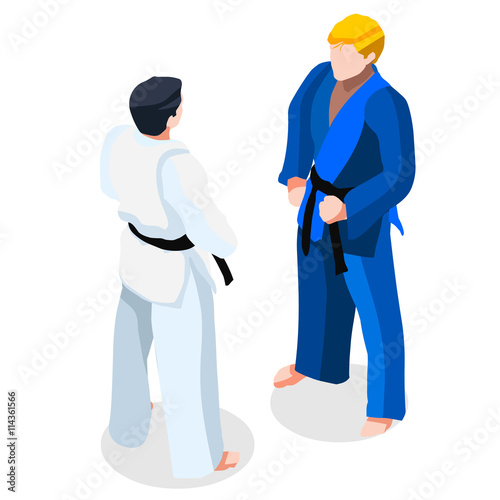Checking Out The Rich Heritage And Spiritual Dimensions Of Martial Arts
Checking Out The Rich Heritage And Spiritual Dimensions Of Martial Arts
Blog Article
Material Written By-Lauridsen Patterson
Step into the old world where martial arts were born out of necessity in diverse regions. Societies crafted special fighting styles intertwined with historic contexts. Methods progressed over centuries via committed method and social exchanges. Today, modern martial arts mix conventional elements for maximum effectiveness. Philosophically, martial arts emphasize self-control, self-improvement, and harmony. Respect, humbleness, and balance are fundamental concepts directing practitioners towards development and resilience. Explore the midsts of this abundant history and approach to uncover the extensive influences forming this long-lasting self-control.
Origins of Martial Arts
Fighting style came from different areas around the world, advancing as functional fight systems to resist risks. These ancient combating styles were created out of necessity, with each culture crafting methods fit to their one-of-a-kind atmospheres and difficulties. From the grappling arts of Jujutsu in Japan to the striking strategies of Kung Fu in China, martial arts were deeply intertwined with the historic, social, and social material of their particular cultures.
In Japan, the samurai course polished martial arts like Kenjutsu, the art of the sword, which later on evolved into the extra popularized form of Kendo. On the other hand, in Brazil, Capoeira emerged as a mix of dancing and battle, developed by enslaved Africans as a method to withstand fascism. Each martial art brings with it a rich background and philosophy, showing the values and ideas of the people who exercised them.
As you explore the beginnings of martial arts, you uncover a tapestry of human ingenuity, durability, and the unrelenting spirit of warriors throughout time.
Development of Strategies
With centuries of technique and refinement, fight strategies within various martial arts have undergone an extensive evolution. From ancient styles like Kung Fu and Martial arts to much more modern-day disciplines such as Brazilian Jiu-Jitsu and Krav Maga, the evolution of strategies has been driven by a mix of cultural impacts, practical applications, and technological innovations.
One considerable element of this development is the cross-pollination of strategies in between various martial arts. For example, strategies from traditional Japanese Jiu-Jitsu were included into the production of Judo by Jigoro Kano in the late 19th century. This blending of styles has actually caused the advancement of hybrid martial arts like Mixed Martial Arts (MMA), which incorporate aspects of striking, grappling, and submission strategies.
Additionally, the development of strategies has been shaped by the raising focus on performance and performance in battle. Practitioners have actually constantly looked for to improve their strategies with rigorous training, testing, and competitors, resulting in the growth of extremely specialized and reliable battling styles. On https://emilianopvvus.eedblog.com/35569434/discover-just-how-kids-s-martial-arts-programs-cultivate-discipline-and-concentration-leading-the-way-for-success-in-different-facets-of-life , the development of techniques in martial arts reflects the vibrant nature of fight and the recurring quest for enhancement and innovation.
Thoughtful Foundations
Checking out the underlying thoughtful concepts of martial arts offers understanding right into their core values and leading ideas. At is martial arts good for kids of several martial arts disciplines is the concept of technique itself. By educating visit this web-site and mind to serve as one natural unit, you cultivate technique that extends past the dojo or health club right into daily life. This self-control includes respect, humbleness, and self-constraint, shaping not simply your physical capabilities yet additionally your character.
One more basic thoughtful foundation in martial arts is the concept of continual self-improvement. The journey of mastering a martial art is endless, with practitioners continuously aiming to better themselves, both literally and emotionally. This focus on growth cultivates durability, determination, and a development way of thinking that can be applied to all aspects of life.
Furthermore, martial arts emphasize the relevance of consistency and equilibrium. Methods are designed to make use of a challenger's power against them, highlighting the principle of generating and rerouting pressure rather than meeting it head-on. This ideology includes interpersonal partnerships, promoting serene resolutions and mutual understanding. By accepting these philosophical structures, martial musicians not only improve their fight skills but likewise grow a way of living fixated personal development, regard, and consistency.
Conclusion
Finally, the history and approach of martial arts use an abundant tapestry of tradition, discipline, and self-improvement.
Consider example the story of Bruce Lee, that changed martial arts by blending different designs and viewpoints to develop his very own one-of-a-kind type of Jeet Kune Do.
Via commitment and technology, martial artists continue to push borders and motivate others to reach their full capacity both in combat and in life.
